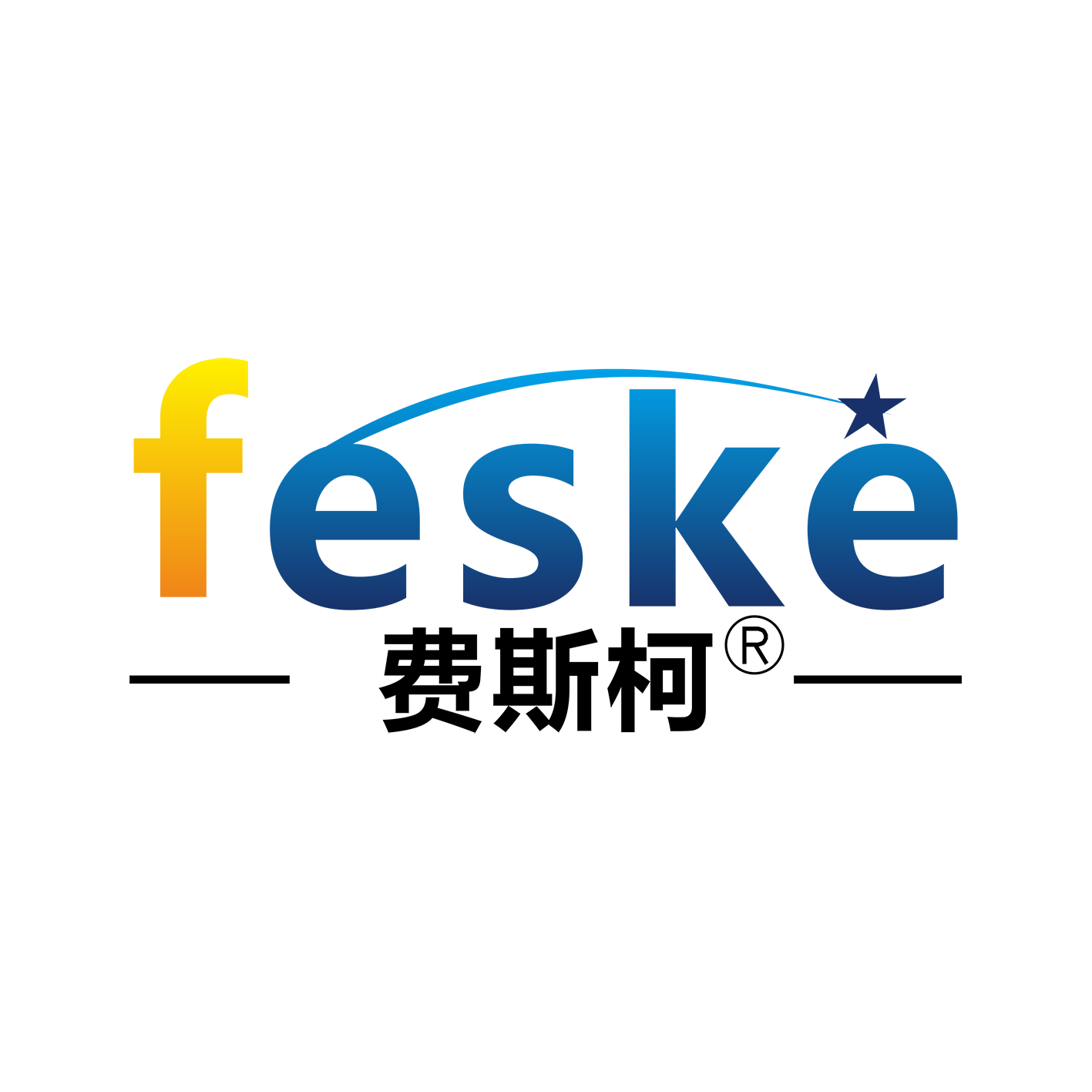What Equipment Does an Automated Equipment Factory Need?
Automated equipment factories require a variety of core equipment to achieve efficient production. The
following is a classification of key equipment and their typical applications:
1. Core Control Equipment
Programmable Logic Controller (PLC)
As the "brain" of industrial automation, it implements functions such as logical operations and sequen
tial control through programming. It is suitable for production line automation (such as automotive asse
mbly lines) and process control (such as temperature control for chemical reactors).
Distributed Control System (DCS)
It is suitable for large-scale continuous production processes, such as power generation and distillation
column pressure regulation in petrochemicals.
2. Actuation and Drive Equipment
Industrial Robots
Including welding robots (high-precision welding), assembly robots (electronics assembly), and handling
robots (heavy material handling), they can improve production efficiency and safety.
Servo Motors and Inverters
Servo motors provide precise power control, while inverters adjust the motor's operating frequency. The
two work together to achieve equipment speed regulation and positioning.
3. Conveying and Storage Systems
Automated conveying equipment, such as belt conveyors (bulk material transport), roller conveyors
(pallet handling), and chain conveyors (heavy goods transport), optimize logistics efficiency.
Smart warehousing equipment, including shuttles (dense storage), stacker cranes (high-bay warehouses),
and automated guided vehicles (AGVs), supports WMS management.
4. Inspection and Interaction Equipment
Sensors and Vision Systems
Temperature/pressure sensors monitor process parameters, while industrial cameras perform appearance
inspection and dimensional measurement.
Human-machine interaction devices, such as touch screens and industrial computers, are used for param
eter setting and real-time monitoring.
5. Auxiliary Equipment
Solenoid Valves and Hydraulic Actuators
Control fluid direction and flow, suitable for pneumatic/hydraulic systems.
Automated Packaging Equipment
Completes product sealing and labeling processes, commonly found in the food and pharmaceutical ind
ustries.
The above equipment should be selected based on specific production needs (such as automotive manu
facturing, electronics assembly, etc.) and integrated with intelligent control systems to achieve full proce
ss automation.


